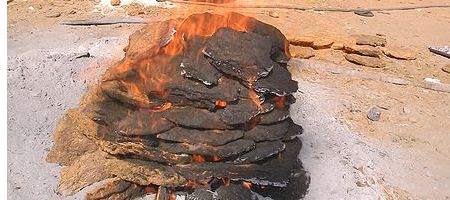Reducing soot emissions from diesel engines and other sources could be the fastest, most economical way to slow the melting of Arctic sea ice, researchers say.

Mark Z Jacobson of Stanford University says that controlling soot could reduce warming above parts of the Arctic Circle by almost three degrees Fahrenheit within 15 years – amost canceling out all of the last 100 years’ warming.
“No other measure could have such an immediate effect. Soot emissions are second only to carbon dioxide in promoting global warming, but its effects have been underestimated in previous climate models,” says Jacobsen.
“Consequently, soot’s effect on climate change has not been adequately addressed in national and international global warming legislation. Soot emissions account for about 17 percent of global warming, more than greenhouse gases like methane. Soot’s contribution, however, could be reduced by 90 percent in 5-10 years with aggressive national and international policies.”
Soot – or ‘black carbon’ – consists of tiny particles released in smoke from the combustion of fossil fuels and biofuels. Major sources include exhaust from diesel cars, buses, trucks, ships, aircraft, agricultural machines, construction equipment and the wood/animal dung fires that hundreds of millions of people in developing countries use for used for cooking and heating.
Black carbon particles become suspended in the atmosphere and absorb sunlight, then radiating the heat back into the air around it.
However, unlike carbon dioxide, which remains in the atmosphere for years, soot disappears within a few weeks, so that there is no long-term reservoir with a continuing warming effect.
And the technology for controlling black carbon, unlike that for controlling CO2, is already available relatively cheaply – diesel particulate filters, for instance, and low-soot cookstoves in developing countries.






